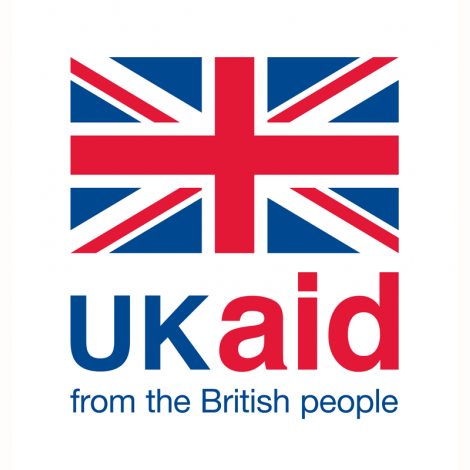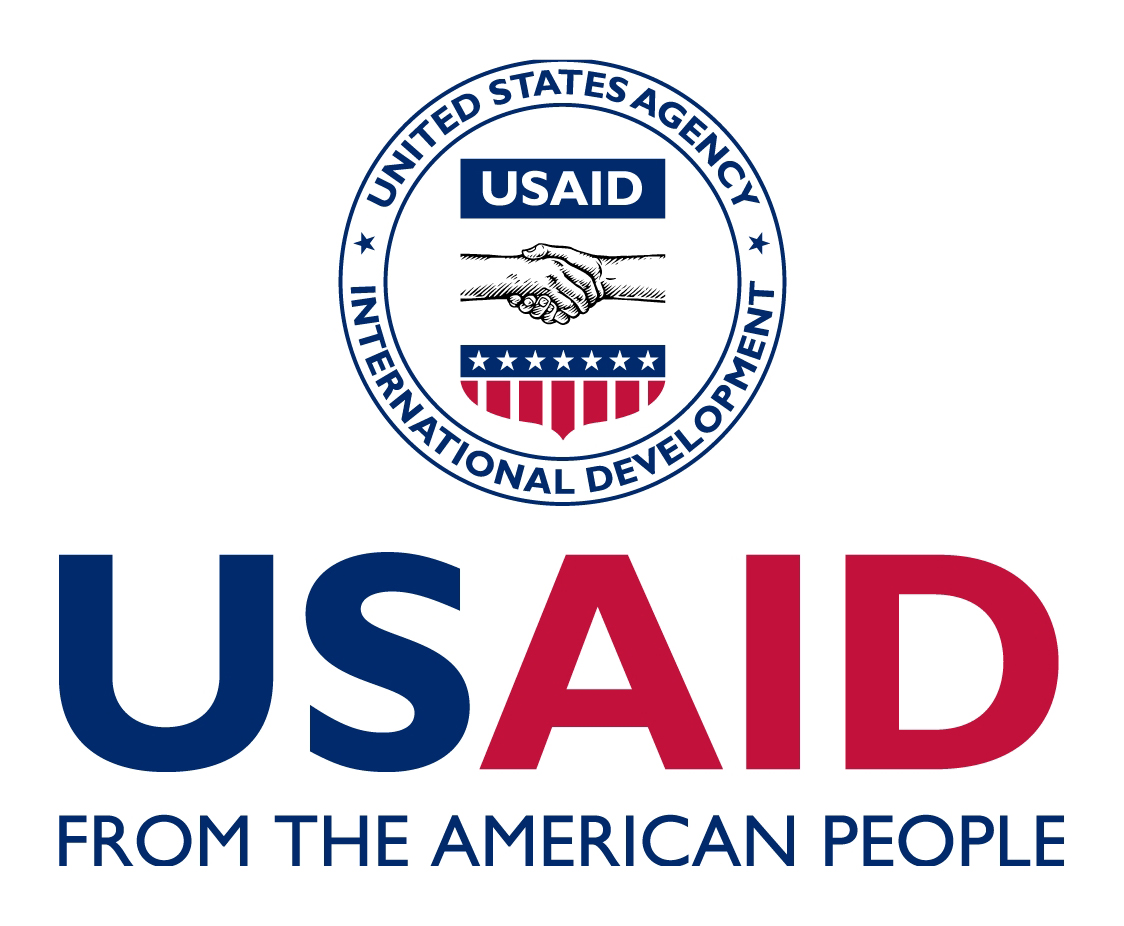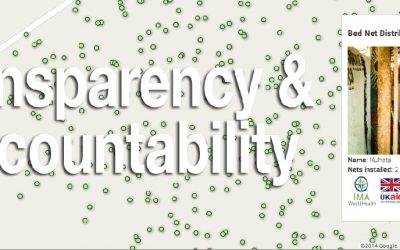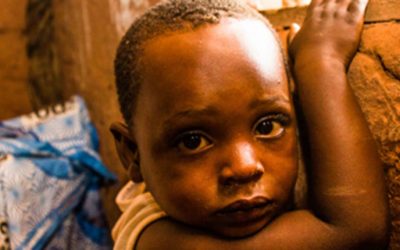Global Fund's Hang UP Mass BEd NEt Distribution
in the democratic republic of congo
Hanging nets in every household to reduce sickness and death by malaria.
Malaria in drc
According to the World Health Organization’s World Malaria Report for 2019, an estimated 228 million cases of malaria occurred and 405,000 deaths globally in 2018. DRC accounted for 12 percent of these cases and 11 percent of deaths, making it the second-most affected country in the world. The benefits of reducing malaria go beyond the obvious outcomes of reducing sickness and death. The report also states that “A 10 percent reduction in malaria has been associated with a 0.3 percent rise in annual GDP. At the household level, reducing malaria protects household income from lost earnings.”
IMA DRC has been working to bring these benefits to millions in the DRC for over two decades. During the Access to Primary Health Care Project, IMA and its partners distributed close to 1.3 million nets in Kasai and Nord Ubangi provinces. To ensure that every household received the intended nets, IMA devised a Hang Up and Track or HUT campaign in which community health workers distributed the LLINs, installed them in each household and recorded household registration data using smartphones to ensure accountability and accuracy.
The innovative HUT approach has been found to promote higher net-use rates than traditional methods, in addition to giving an unprecedented level of transparency and accountability to net distributions.
IMA's HUT Strategy
Hang Up and Track (HUT)
HUT is IMA’s strategy to facilitate long-term LLIN coverage meeting the WHO benchmark of 80 percent. HUT includes one-on-one social and behavior change interventions from health workers or volunteers who register nets and hang them in participant homes. IMA reinforces this with messaging about malaria and correct LLIN use through media campaigns and community events such as movie nights and sensitization in schools and churches. Nets are registered using Open Data Kit (ODK) software and mobile phones which also capture GPS coordinates, disease incidence and demographic information, and photos. This information is used to facilitate follow up with households and mapping to provide insight into each health zone’s population, LLIN coverage level, and disease incidence. When coverage falls below 80 percent, additional hang-ups are scheduled. IMA’s pilot program findings in seven health zones of the DRC’s Kasai and Nord Ubangi provinces indicated an average LLIN coverage of 97 percent of target households from 2014 to 2018.
Global Fund’s New Funding Model Distributions
IMA and SANRU’s jointly implemented Global Fund to Fight AIDS, Tuberculosis, and Malaria (GFTAM)-financed initiatives have distributed over 18.7 million long-lasting insecticide treated bed nets (LLINs), reaching about one-third of the DRC’s population across nine provinces. The program also developed New Funding Models (NFM) that save time and eliminate fraud. This new funding model is now being adopted at a national level.
IMA’s Hang up and Track (HUT) approach engaged over 65,000 health workers and volunteers who increased the impact of net provision and supported intensive, multi-channel communications campaigns in each province. In close coordination with the National Malaria Prevention and Control Program (NMPCP), IMA and SANRU strengthened malaria screening to reach over 5.6 million pregnant women and preschool children (2015-2018), with 97% of cases tested in health facilities and community care sites using RDTs or Stained Blood Films.
Implementation Period
NMF Phase 2 – December 2018 to June 2021
NMF Phase 3 – July 2021 to December 2023
Project Cost
NMF Phase 2 – $21.4 million
NMF Phase 3 – $22 million
Donor
The Global Fund
18.7 million nets
have been distributed since 2018
INNOVATION
IMA was the first organization in the DRC to leverage mobile health technology to help the government and local partners track malaria incidence and maintain LLIN coverage.
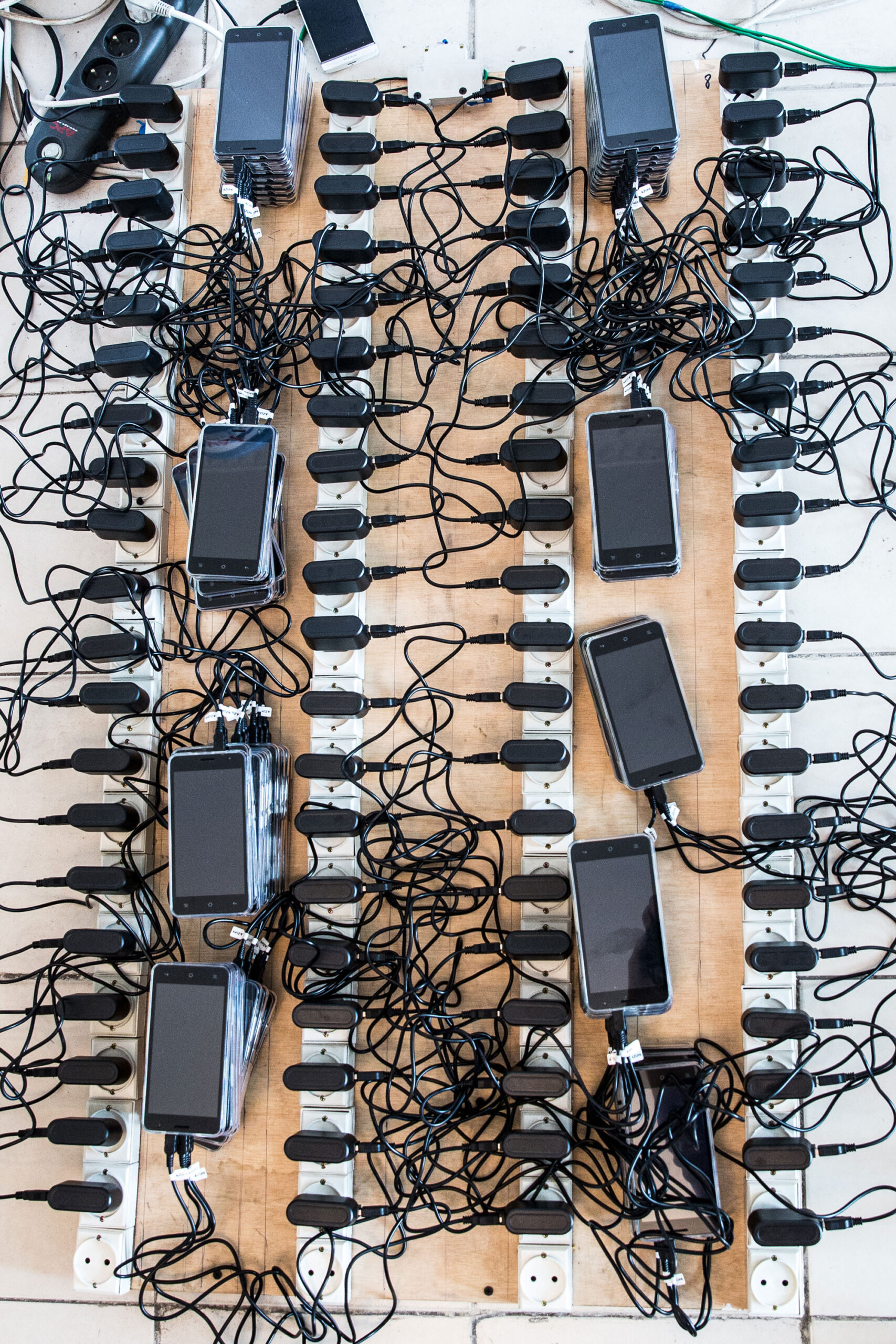
Results
TOTAL Number of nets installed in households
number of households who received one or more nets installed
community health workers trained on data collection using odk
ABC – A New Approach to Contracting
Under a traditional mass distribution of LLINs approach by the Global Fund, funding was conditioned upon compliant procurement and financial management. This led principal and sub-recipients to focus on ensuring documentation compliance to the point of delayed distributions and the diversion of programmatic resources away from overseeing campaign delivery and data quality. In this setting, delays of 3 to 5 months have been experienced due to delays in procurement of transport contracts from Health Zones to Health Areas. Further, the documentation generated by Health Zones has historically exhibited irregularities and inconsistencies.
The shift to implementing Activity Based-Contracting (ABC) places funding eligibility on programmatic deliverables critical to a quality distribution campaign. IMA establishes these contracts with each health zone, using three deliverables: 1) the number of households covered with the assigned number of long-lasting insecticide-treated nets (LLINs); 2) The workforce trained to carry out distribution activities in each health zone; 3) The number of LLINs accounted for following campaigns (the total LLINs delivered to a Health Zones – (the number of LLINs delivered + the number of left over LLINs returned to the prime)).
Procurement and expenditure documentation is therefore not collected at the health zone level, removing the delay associated with their collection and allowing programmatic resources from IMA to be devoted to distribution oversight and quality campaign planning, delivery, and data. These three deliverables are then independently verified and agreed upon by all stakeholders, after which IMA provides payment per health zone based on verification adjustments.
By moving to an ABC approach, mass campaign distribution time was reduced from 9 – 10 months to 4 – 5 months, while maintaining high net coverage.
Map
Partners
IMA was selected as a SANRU sub-recipient for the execution of the mass distribution campaigns for LLINs as part of a grant from the Global Fund.



read more about our work combat malaria through our hang up strategy

Malaria
ASSP Malaria Brochure – September 2019 (English version) (version française)
Hang Up and Track: Mass Distributions in Every Household – March 2017 (pdf)
HUT Strategy, USAID Compendium for Health – April 2016 (pdf)
Over 3,000 Bed Nets Successfully Distributed in Nyanga, DRC and More to Come!
The ASSP Project’s pilot bed net distribution in Kabola Health Area in Nyanga was successfully...
IMA DRC Revolutionizing Bed Net Distributions and Taking Accountability to Another Level
It is an exciting time at IMA DRC as we are coming to fully understand what is possible with our...
DRC Malaria Team Witnesses Firsthand the Devastating Effects of the Disease
The IMA DRC Malaria Team is having great success with their hang up in West Kasai. So far the team...
QUICK CONTACTS
Recent Posts
Quarter 1 Results
Number of pregnant women who received three doses of IPT while attending antenatal care: 58,495Number and percentage of 1-yr-old children vaccinated against measles: 78,123Number of Couple Years of Protection (CYPs) achieved through family planning service provision:...
Saved by my Son: A Tushinde Ujeuri Success Story
"The support from the Tushinde program has restored my will to live." Tushinde Ujeuri Project brings hope to one survivor of sexual and gender-based violence in DRC It was mid afternoon, and my 10 year-old son and I were walking home from working in the fields. When...
Combatting Malnutrition in DRC: A Nutrition Success Story
Community relays in Ndesha, Kasai Central are successfully combatting malnutrition in the DRC thanks to ASSP's nutrition training. Combatting Malnutrition One Maman at a TimeMado Betu was a young child of two years and four months but was frail and unable to walk when...
